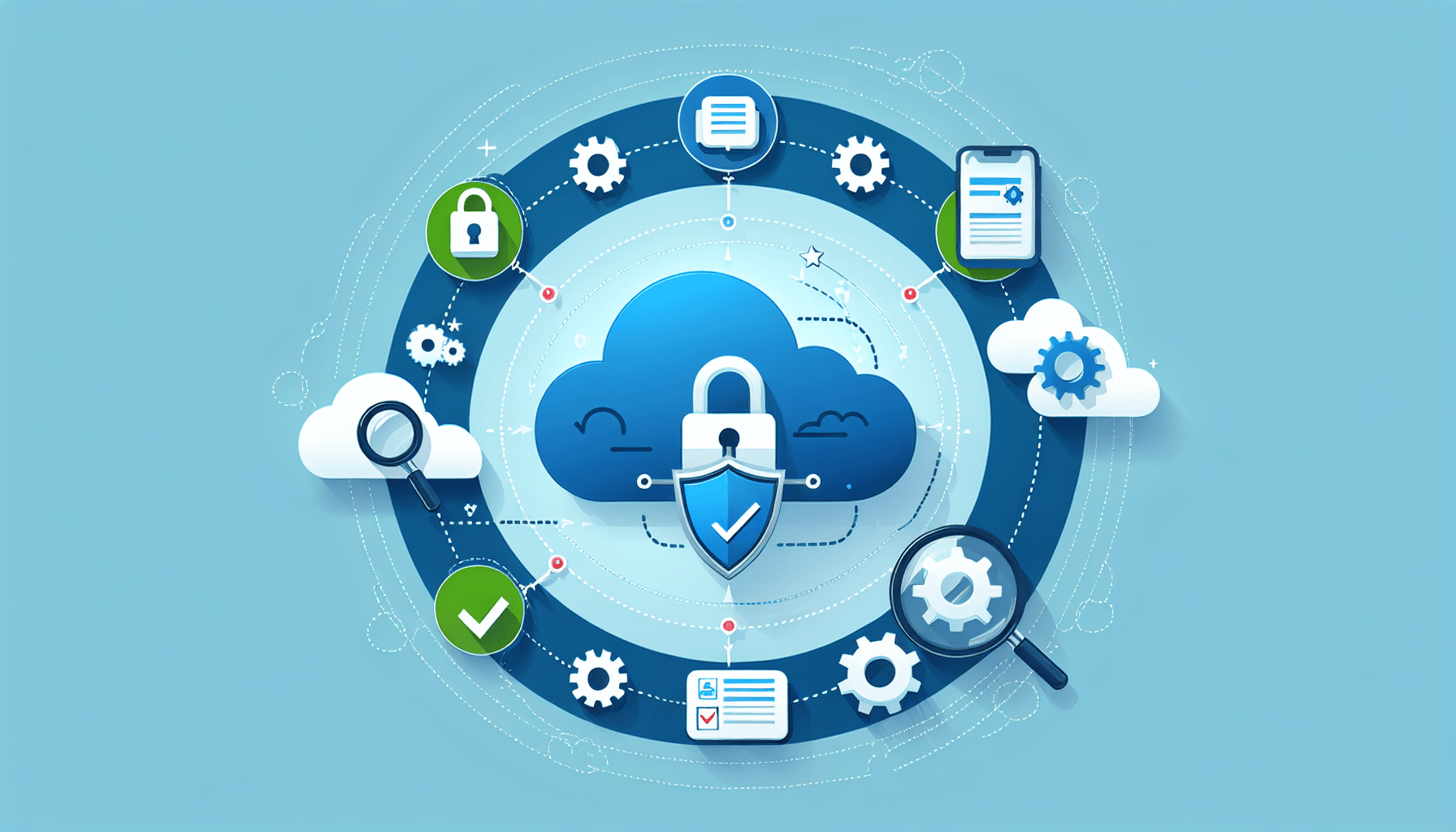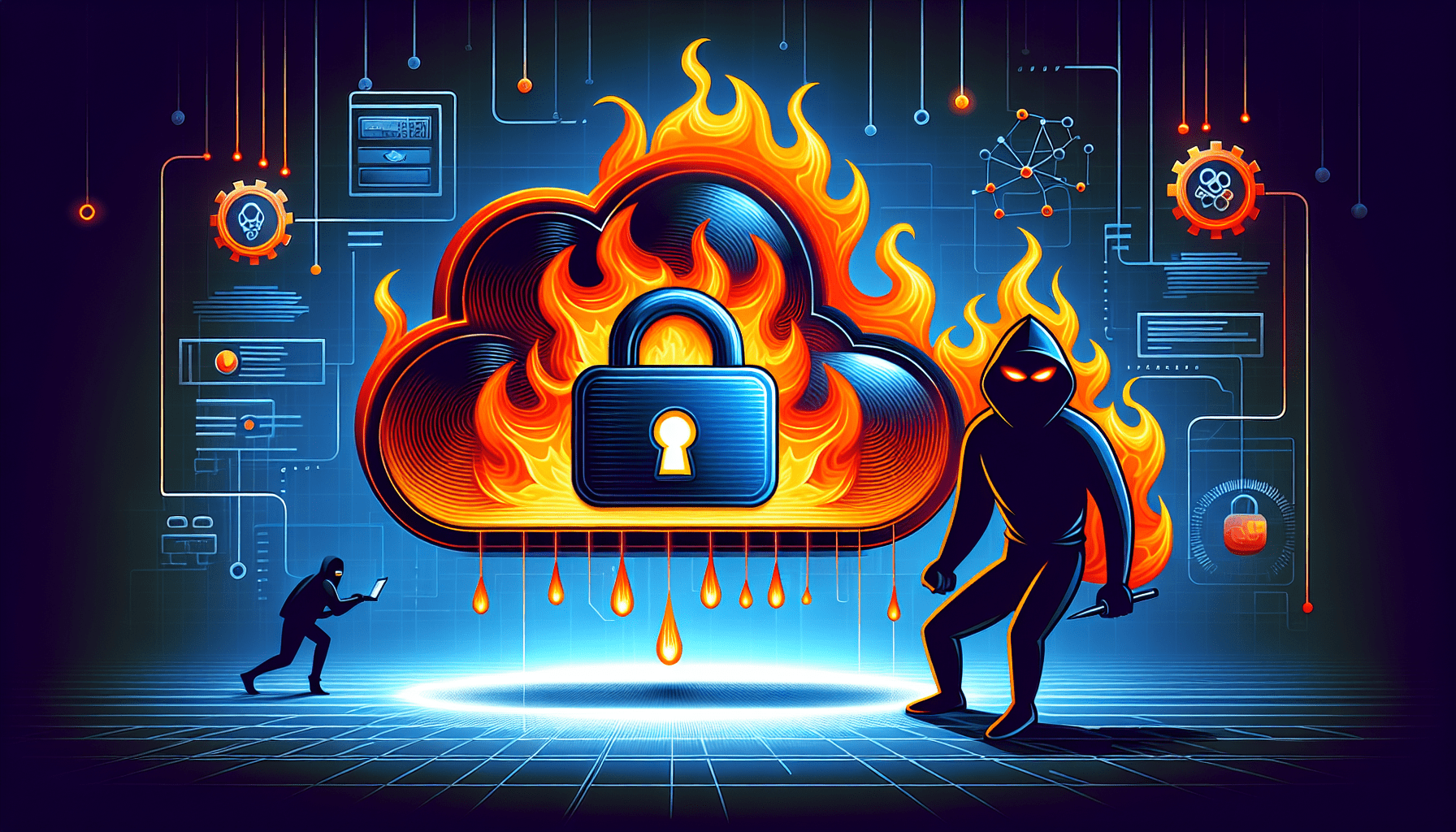In order to maintain a secure cloud environment, it is crucial to continuously monitor and assess your cloud security posture. By following best practices such as regularly scanning for vulnerabilities, monitoring user activity, and implementing strict access controls, you can ensure the protection of your data and resources in the cloud. This article will provide you with key insights and guidelines on how to effectively monitor and enhance your cloud security posture, ultimately minimizing the risk of unauthorized access and data breaches.
Best Practices For Continuous Monitoring Of Cloud Security Posture
Have you ever wondered how you can continuously monitor and improve the security posture of your cloud environment? In this article, we will discuss the best practices for maintaining a strong security posture in the cloud through continuous monitoring.
Importance of Continuous Monitoring
Continuous monitoring of your cloud security posture is crucial to ensure that your organization is protected from potential threats and vulnerabilities. By regularly assessing and analyzing your cloud infrastructure, you can identify security gaps and take proactive measures to address them before they are exploited by malicious actors.
Ensuring continuous monitoring helps you stay ahead of emerging security threats and compliance requirements, providing peace of mind that your data and assets are secure.
Establishing Baselines and Security Policies
One of the first steps in continuous monitoring of cloud security posture is to establish baseline security configurations and policies for your cloud environment. This includes defining role-based access controls, network segmentation, encryption requirements, and incident response procedures.
By clearly defining your security baselines and policies, you can easily detect deviations from the norm and take corrective actions promptly. Regularly review and update these baselines to align with industry best practices and regulatory standards.

Automating Security Monitoring
Automating security monitoring processes is key to maintaining an efficient and effective continuous monitoring program in the cloud. Utilize cloud-native security tools and services to automate the collection, analysis, and reporting of security data.
Implementing automation allows you to quickly respond to security incidents, enforce compliance requirements, and scale your security monitoring capabilities as your cloud environment grows. Leverage continuous integration/continuous deployment (CI/CD) pipelines to integrate security checks into your development lifecycle seamlessly.
Continuous Vulnerability Management
Regularly conducting vulnerability assessments and penetration testing is essential to identify and remediate security weaknesses in your cloud infrastructure. Utilize vulnerability scanning tools to identify misconfigurations, outdated software, and potential entry points for cyber attacks.
Prioritize remediation efforts based on the severity of vulnerabilities and potential impact on your cloud environment. Monitor security bulletins and threat intelligence feeds to stay informed about emerging vulnerabilities and threats in the cloud.

Threat Detection and Incident Response
Implementing threat detection mechanisms such as intrusion detection systems (IDS), security information and event management (SIEM) tools, and endpoint detection and response (EDR) solutions can help you detect and respond to security incidents in real-time.
Define incident response procedures and playbooks to guide your team in responding to security breaches effectively. Conduct regular security drills and tabletop exercises to test the effectiveness of your incident response plan and identify areas for improvement.
Compliance and Regulatory Monitoring
Ensuring compliance with industry regulations and standards is a critical aspect of maintaining a strong security posture in the cloud. Regularly audit your cloud environment against regulatory requirements such as GDPR, HIPAA, PCI DSS, and SOC 2.
Utilize compliance monitoring tools to assess your adherence to regulatory standards and generate compliance reports for internal and external stakeholders. Implement controls and monitoring mechanisms to detect and prevent unauthorized access to sensitive data and ensure data privacy and integrity.
Security Incident Analysis and Reporting
Analyzing security incident data and generating comprehensive reports is essential for understanding the security threats facing your cloud environment. Utilize security analytics tools to aggregate and correlate security events, identify patterns, and trends, and generate actionable insights.
Regularly review security incident reports with key stakeholders to communicate the impact of security incidents, measure the effectiveness of security controls, and prioritize security enhancements. Use data visualization techniques such as dashboards and heat maps to present security data in a digestible format.
Implementing a Security Information Sharing Program
Collaborating with peer organizations, industry groups, and security vendors through a security information sharing program can provide valuable insights into emerging threats and best practices for cloud security. Participate in threat intelligence sharing platforms and forums to stay informed about the latest security trends and attack techniques.
Share your own security observations and insights with the community to contribute to the collective knowledge of cloud security risks and mitigation strategies. Establish partnerships with trusted third-party vendors and security experts to enhance your security posture and leverage their expertise in cloud security.
Conclusion
Continuous monitoring of your cloud security posture is a dynamic and multifaceted process that requires a proactive and collaborative approach. By following the best practices outlined in this article, you can strengthen your organization’s security defenses, reduce the risk of security breaches, and ensure compliance with regulatory standards.
Remember, maintaining a strong security posture in the cloud is an ongoing effort that requires dedication, vigilance, and a commitment to continuous improvement. By implementing these best practices and leveraging the latest security tools and technologies, you can proactively protect your cloud environment from security threats and vulnerabilities.
Stay informed, stay vigilant, and stay secure. Your cloud security posture depends on it.



